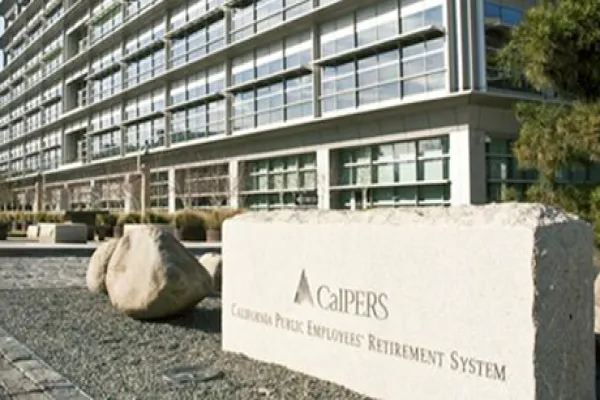When an asset owner says they’re pursuing the Yale Model of investing, they often mean that they’re adding illiquid privately held assets and significant equity exposure in the hope of achieving Yale’s high long-term returns.
Pioneered by late chief investment officer David Swensen, the so-called Yale or endowment model relies heavily on external managers that invest in these types of assets.
But according to new research from Stanford University’s Ashby Monk and Dane Rook, focusing solely on allocation and portfolio construction when pursuing the Yale Model completely misses why it was successful.
“The Swensen model is the Swensen model because of leadership,” Monk said in an interview. “That human being had the drive to take all of these inputs and drivers and build the Yale Model.”
The research, published Tuesday, proposes that instead of implementing the Yale Model (or any other popular allocation model), asset owners should instead pursue their own, personalized version — an identity — based on their own situations.
According to their work, what’s rarely discussed by allocators about investment models is the “organizational capabilities” that led to their successes. These include inputs — which Monk and Rook define as capital, people, processes, and information — and enablers, which include technology, governance, and culture.
In Monk’s view, the process is a missing step for some allocators that are looking to meet their investment goals. “For example, it feels to me like a pension fund says we need to make 7.5 percent to meet our targets, an actuarial consultant shows up with an allocation, and they start trying to figure out how to do that,” he said. “That leads to high fees, risks being taken that are not understood, and pension funds getting a bad deal. Part of this is about getting a better deal for the asset owner community.”
In the case of the Yale Model, the endowment has a long-time horizon and, in its early years, was relatively small compared to peers. These factors are part of the capital input.
“Understanding your capital is another way of saying, ‘What can I do with this capital?’” Monk said. “How much illiquidity risk can I take? How much do I have to give back every year? All of that should really drive your thinking about asset allocation.”
The people input involves looking at staff, the board, and its network — in Yale’s case, that also includes alumni networks, faculty, and students. As far as culture goes, Yale had a highly expert team under Swensen. And the information input involved a new financial model to manage illiquidity.
These inputs allowed Yale to invest in those highly illiquid external assets, according to the paper. But other investors may not be able to replicate the same model given their constraints and strengths.
“There is no one-size-fits-all asset owner,” Monk said. “The reason you see so many different endowment models is because they all have different identities.”
The research also analyzed the Canadian model, CalSTRS’s Collaborative model, the Norwegian model, and the Australian model in a similar framework. And according to Monk, it can be applied to other asset owners as well. And in some cases, it already is — there just hasn’t been the language to describe the process.
“The point of the framework is to open up new pathways of analysis of how to understand what we’re doing,” he said. “It’s going deeper and building a holistic strategy to succeed.”







